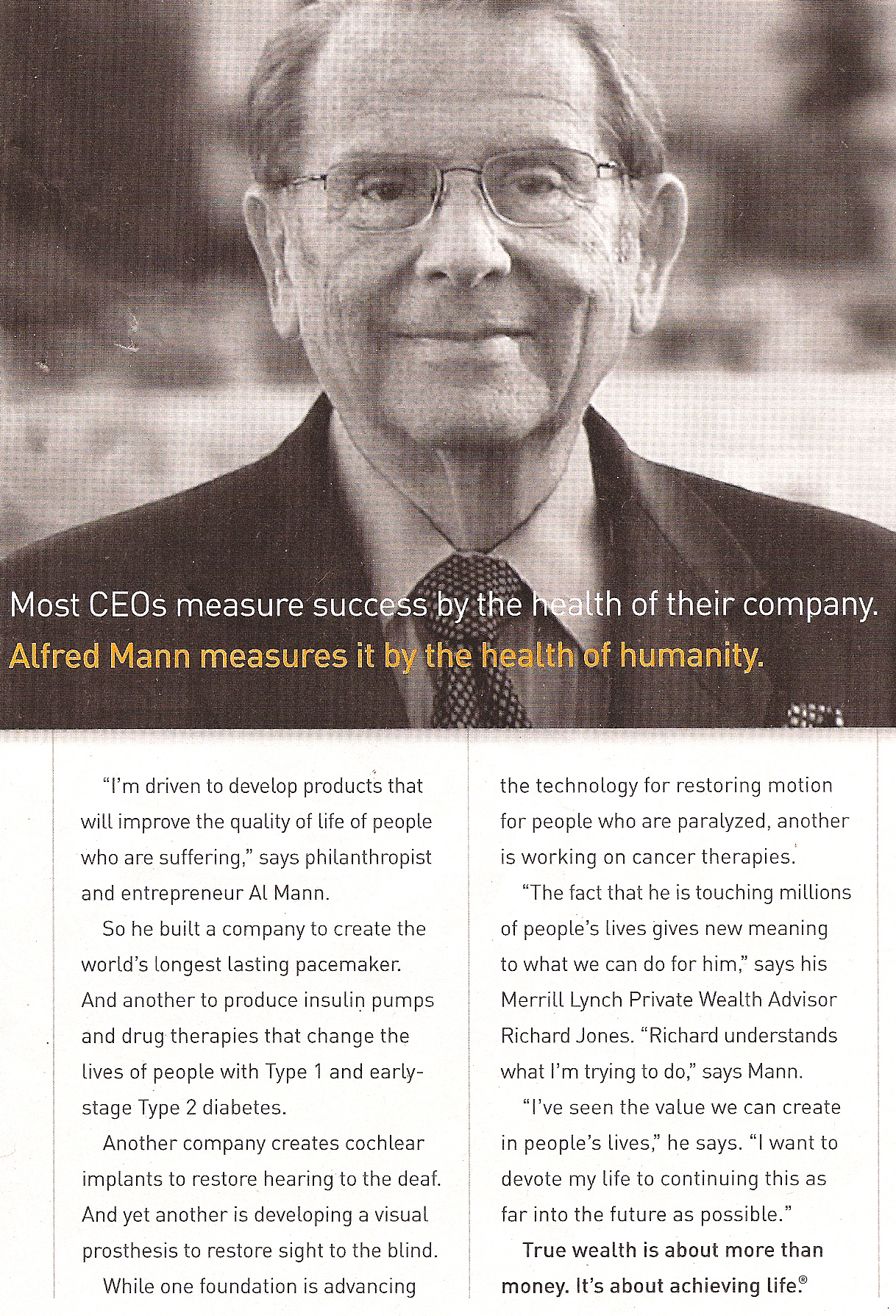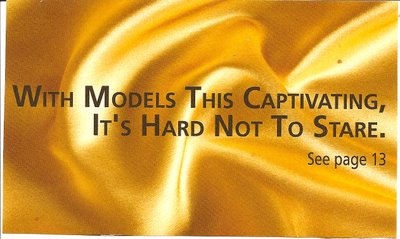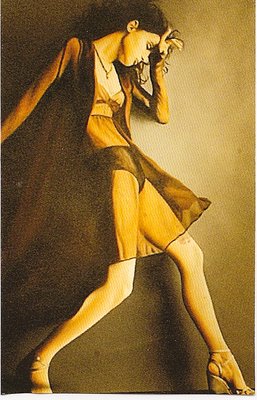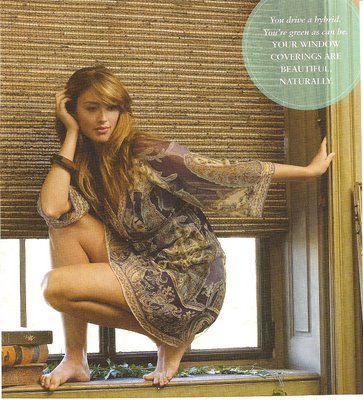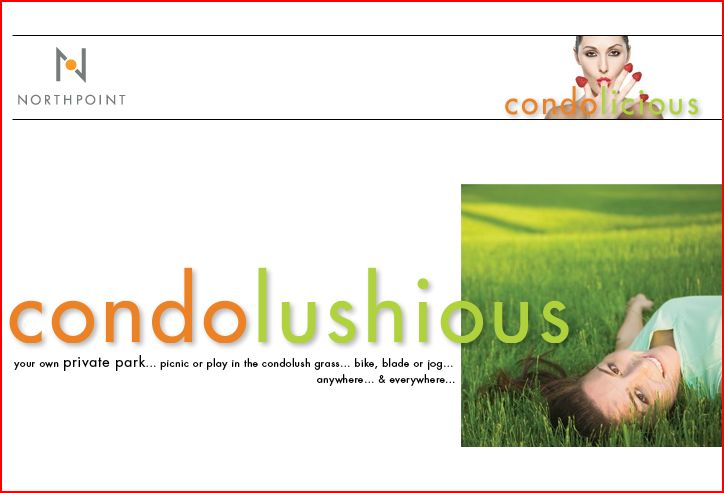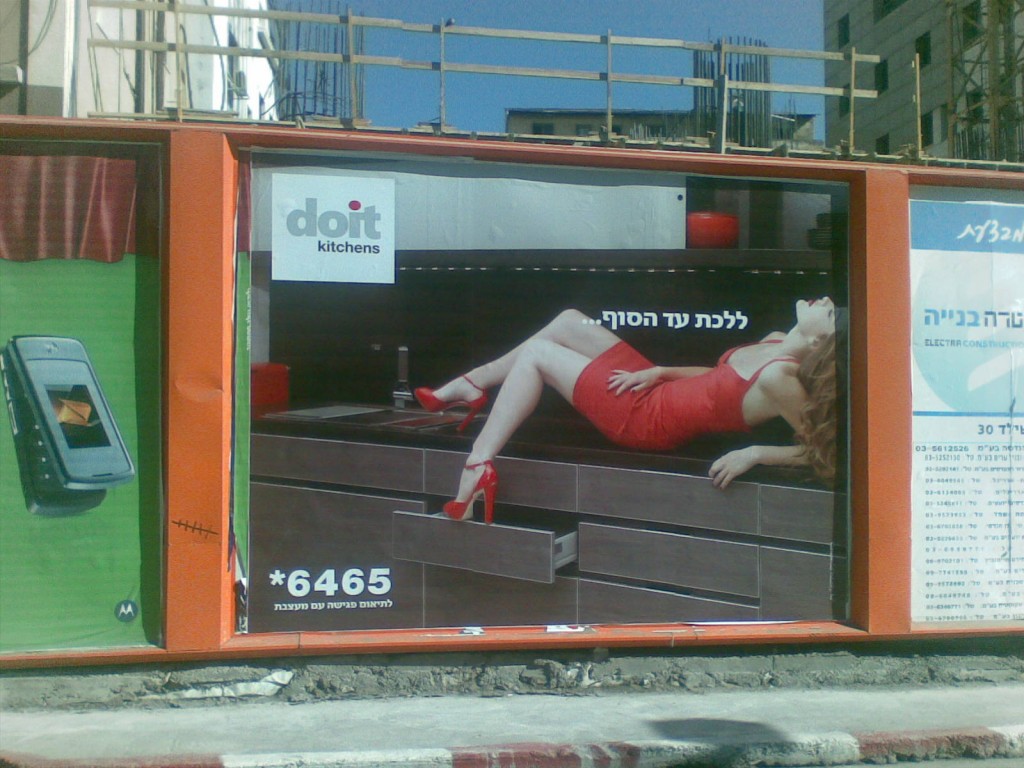
Jay Smooth on why we should focus less on the dumb racist/sexist/asshole-y bullshit people like John Mayer say (and man, did he ever say some dumb bullshit) and more on, say, re-segregation of the public school system:
And just for fun, Jay Smooth discussing Chris Matthews’s comment that he “forgot” President Obama was black, and what that says about what we think racial equality would look like:
I get this with students a lot: they desperately want to deny ever noticing anyone’s race/ethnicity, because the discourse of color blindness states that the way to treat people equally and eradicate racism is to stop acknowledging racial categories at all. But when you simply start ignoring the role of an important socially-constructed category without actually eliminating the negative effect it has on those in certain categories, you aren’t ending racism. It’s just making it harder to talk about or address, since anyone who tries to start a conversation about racial inequality is accused of actually perpetuating inequality and/or being racist for bringing the topic up.
This ties back in with the first video–we are more comfortable with more symbolic or linguistic forms of combating racial inequality (so, say, people say they have a friend who “happens to be Black,” as though it’s something they never thought about until that very second) than the much more complicated, difficult, and long-term work of rooting out structural inequality.







